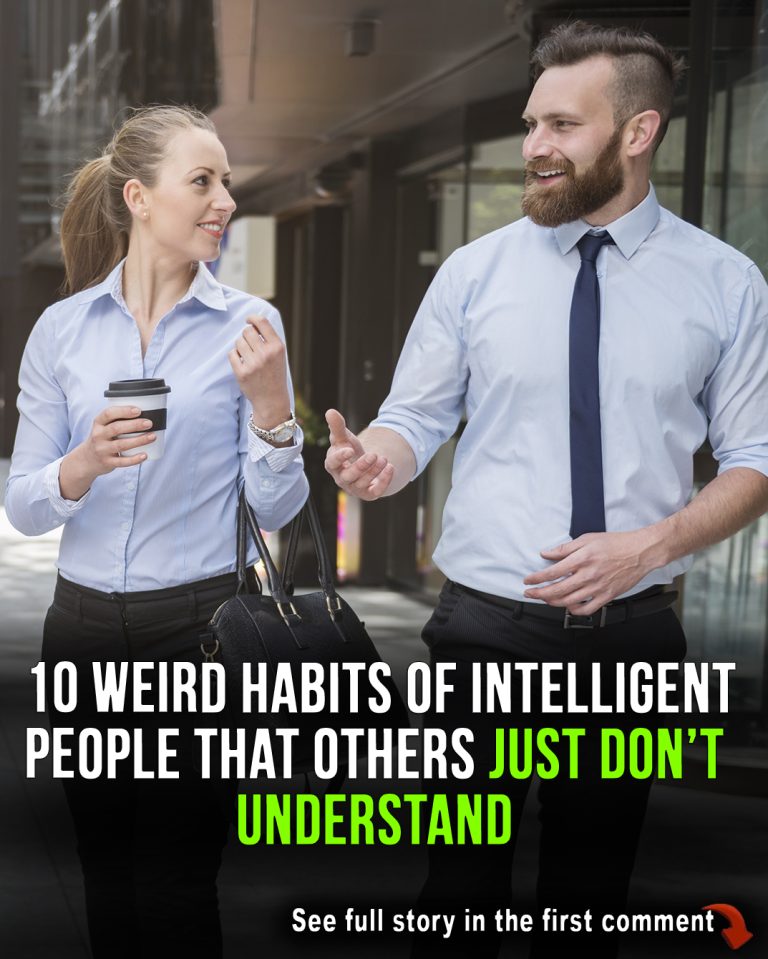Stepparents Who Show that Being a Parent Is About Love, Not Just DNA….
Stepparents have a brutal role, often stepping into family dynamics where trust and love need time to grow.
They suffer from challenges, misunderstandings, even rejection but many stay committed, working to transform “step” into “parent” and creating strong bonds along the way.
In my junior year of high school, my dad married the woman he’d once che:a:ted on my mom with. As a teenager, I felt betrayed all over again and kept my distance from her. She tried reaching out, but I stayed cold.
Everything changed the day I left for college. My dad drove me to the airport, and she showed up with a care package filled with snacks and essentials.
When she hugged me and said she was proud of me, I saw tears in her eyes. At that moment, I realized she genuinely cared.
Over time, we built a relationship, creating our own traditions and trust. She became a second mom, not because of DNA, but because she showed up, stayed patient, and proved that family is about love, effort, and second chances.






